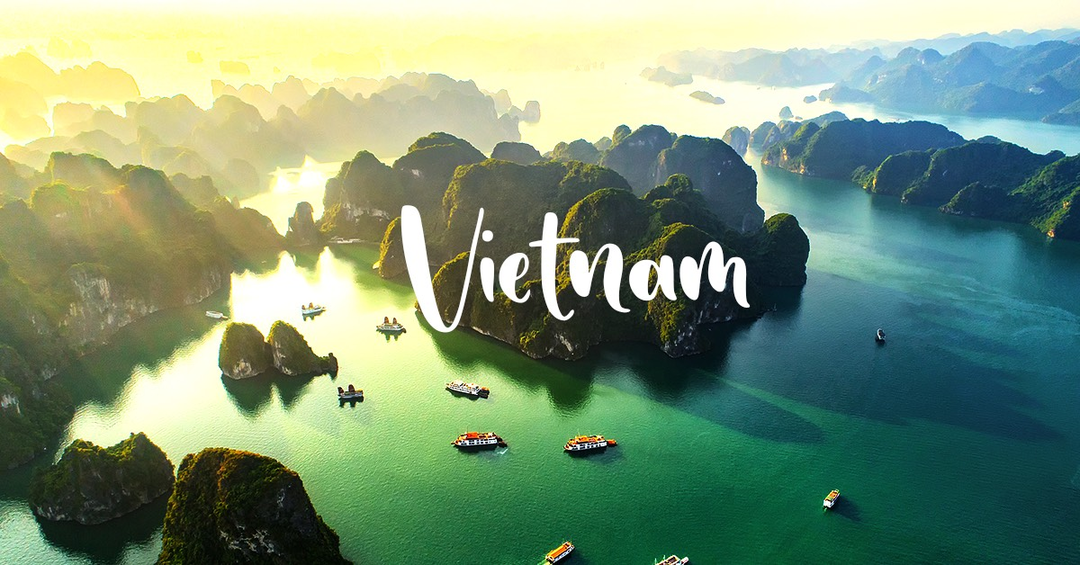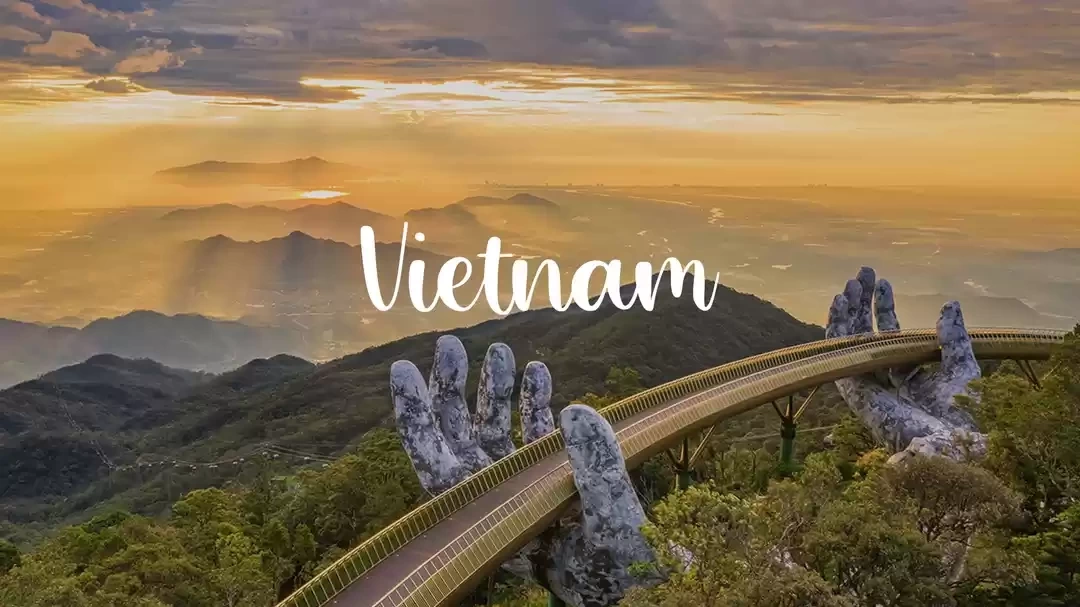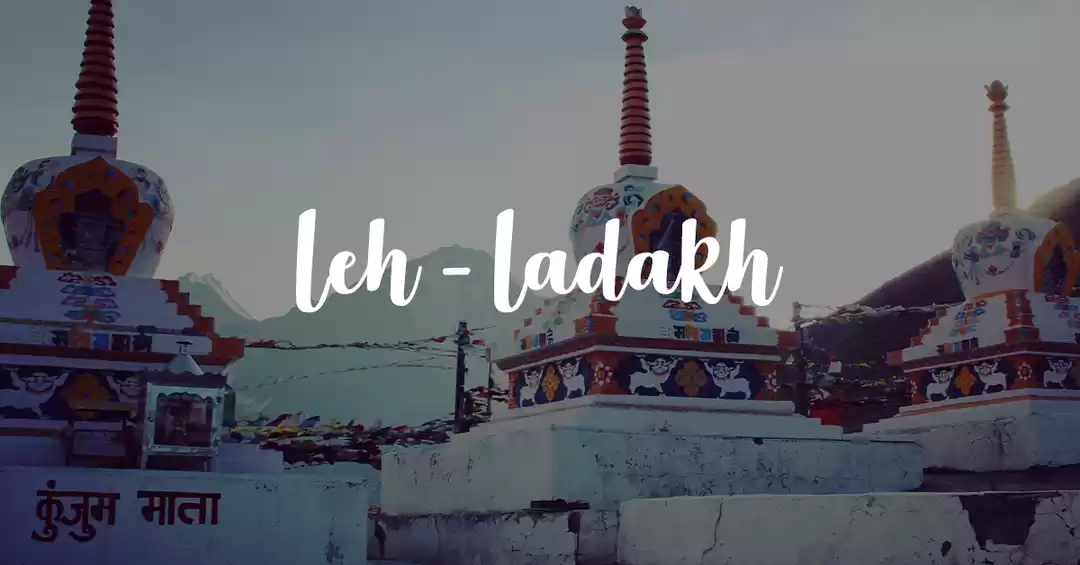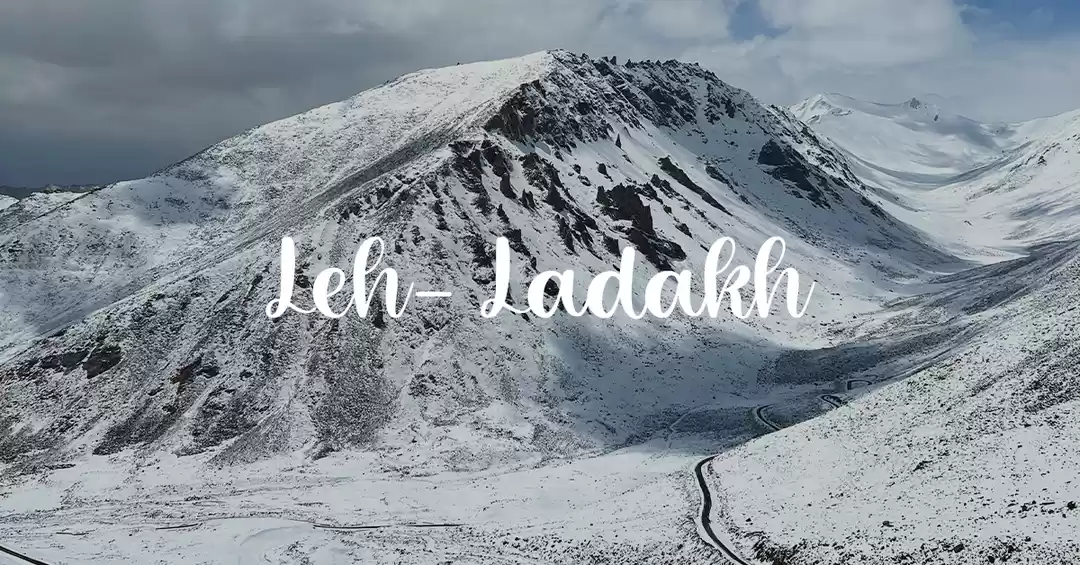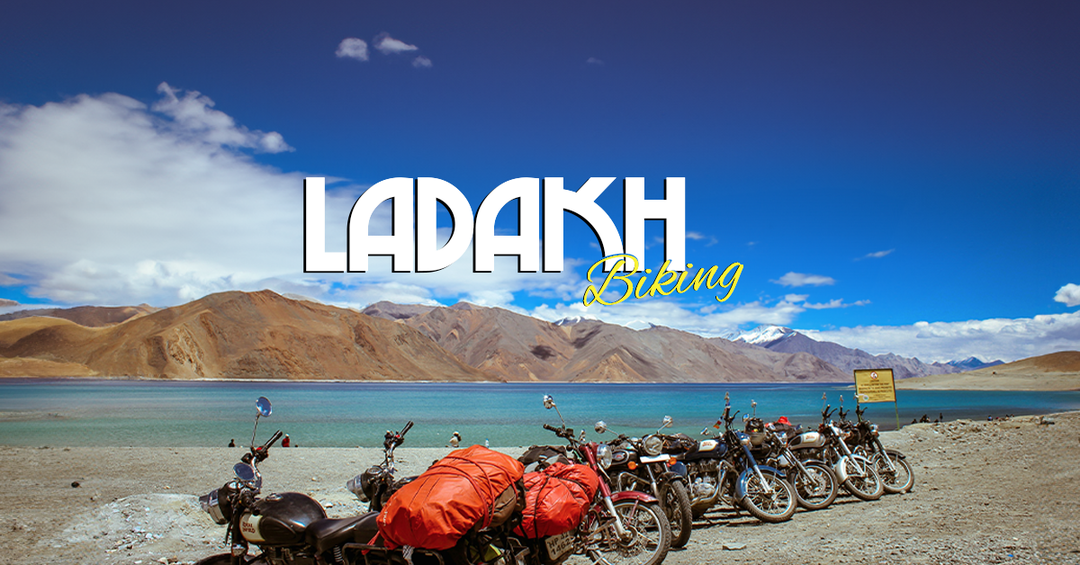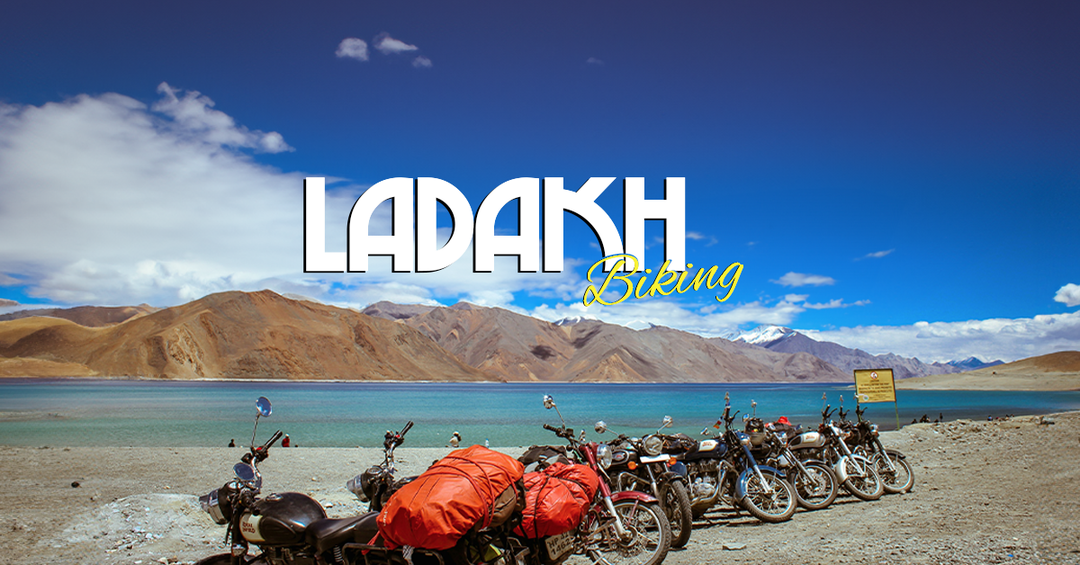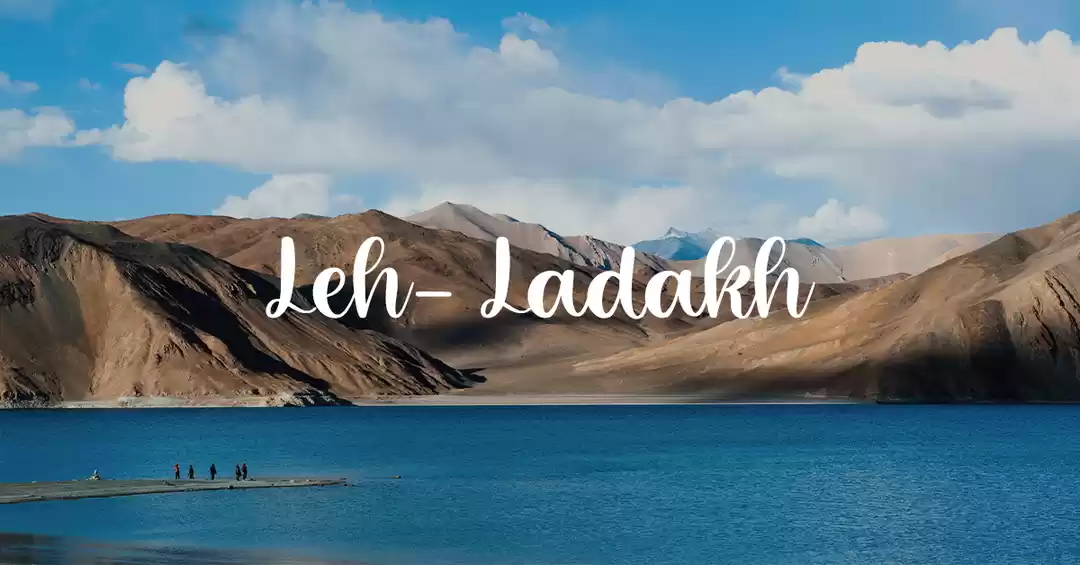Sikkim, nestled in the eastern Himalayas, is a paradise for nature lovers and adventure enthusiasts. The state transforms into an emerald jewel during the monsoon, with lush greenery, cascading waterfalls, and mist-covered landscapes. While traveling to Sikkim during the monsoon (June to September) requires careful planning due to heavy rainfall and potential landslides, the rewards are plentiful. Here’s a comprehensive guide to planning a monsoon trip to Sikkim.
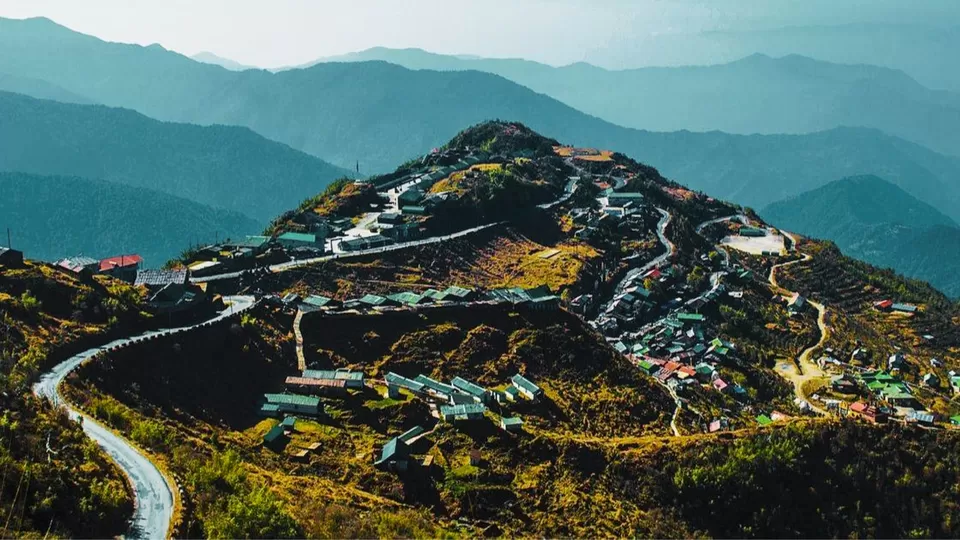
1. Timing and Weather
The monsoon season in Sikkim typically lasts from June to September. During this period, the state experiences heavy rainfall, which can lead to roadblocks and landslides. However, the rain also brings out the region’s natural beauty, with rivers in full spate and waterfalls at their most spectacular.
Best Time to Visit During Monsoon:
Early June: This period is ideal as the monsoon is just beginning, and the rainfall is not too intense.
Late September: The rain starts to subside, and the weather becomes more pleasant.
2. Travel Precautions and Safety Tips
Traveling during the monsoon requires extra precautions:
Weather Updates: Keep a constant check on weather forecasts. The Indian Meteorological Department (IMD) provides accurate updates.
Travel Insurance: Opt for travel insurance that covers trip cancellations and delays.
Local Advice: Always seek advice from locals regarding road conditions and safe travel routes.
Packing Essentials:
Waterproof Gear: Invest in a good-quality raincoat, waterproof backpack covers, and sturdy waterproof shoes.
Warm Clothing: Despite the monsoon, temperatures can drop, especially in higher altitudes.
First Aid Kit: Include medications for common ailments, antiseptic creams, and insect repellent.
Snacks and Water: Keep a supply of non-perishable snacks and bottled water, especially for long journeys.
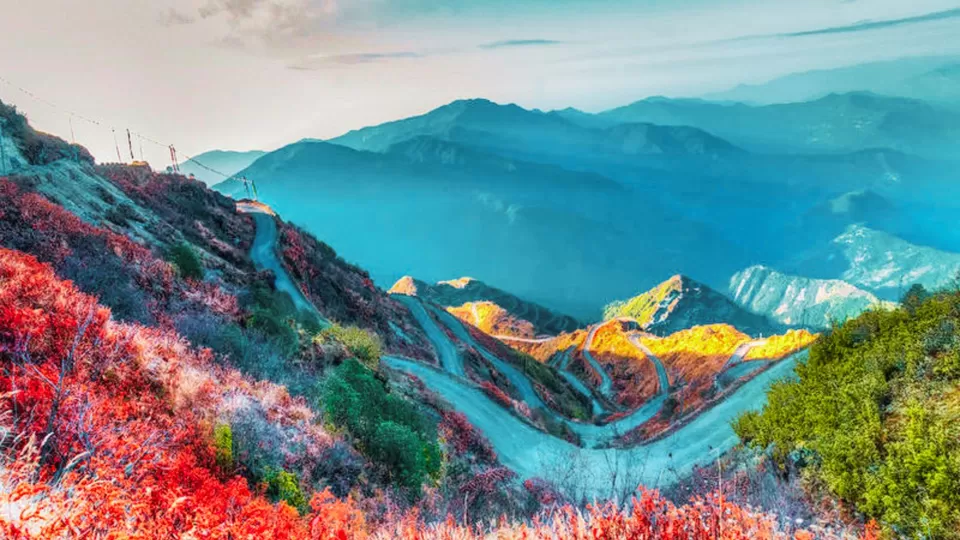
3. Transportation
By Air:
Nearest Airport: Bagdogra Airport (IXB) in West Bengal is the closest airport, about 124 km from Gangtok, Sikkim’s capital.
Transfers: Pre-arranged cabs or shared taxis are available from Bagdogra to Gangtok. During monsoon, it’s advisable to book through a reliable travel agency.
By Train:
Nearest Railway Station: New Jalpaiguri (NJP) in West Bengal, about 148 km from Gangtok.
Transfers: Similar to air travel, pre-booked cabs or shared taxis can be hired.
By Road:
Road Conditions: Roads can be tricky due to landslides. Opt for SUVs or 4WD vehicles for better stability and comfort.
Travel Time: Always allow extra time for travel due to potential roadblocks and slow-moving traffic.
4. Accommodation
During the monsoon, it’s essential to choose accommodations that are safe and accessible. Gangtok, Pelling, and Lachung are popular destinations with a range of options from budget to luxury.
Accommodation Tips:
Advance Booking: Ensure that you book your stay in advance to avoid last-minute hassles.
Check Reviews: Look for reviews regarding the safety and accessibility of the property during the monsoon season.
5. Top Monsoon Attractions in Sikkim
Despite the challenges, the monsoon offers a unique perspective on Sikkim’s natural beauty:
1. Gangtok:
MG Marg: A vibrant street perfect for evening strolls and local shopping.
Tashi View Point: Offers panoramic views of the Kanchenjunga range, shrouded in mist.
2. Pelling:
Kanchenjunga Falls: Witness the waterfalls in their full glory during the monsoon.
Pemayangtse Monastery: A serene spot with historical significance.
3. North Sikkim:
Lachung and Yumthang Valley: The valley blooms with monsoon flowers and offers breathtaking views.
Gurudongmar Lake: Though challenging to reach during the monsoon, it’s one of the highest lakes in the world.
4. South Sikkim:
Namchi: Known for the Samdruptse Statue and the scenic Char Dham complex.
Ravangla: A peaceful town offering beautiful views and the Buddha Park.
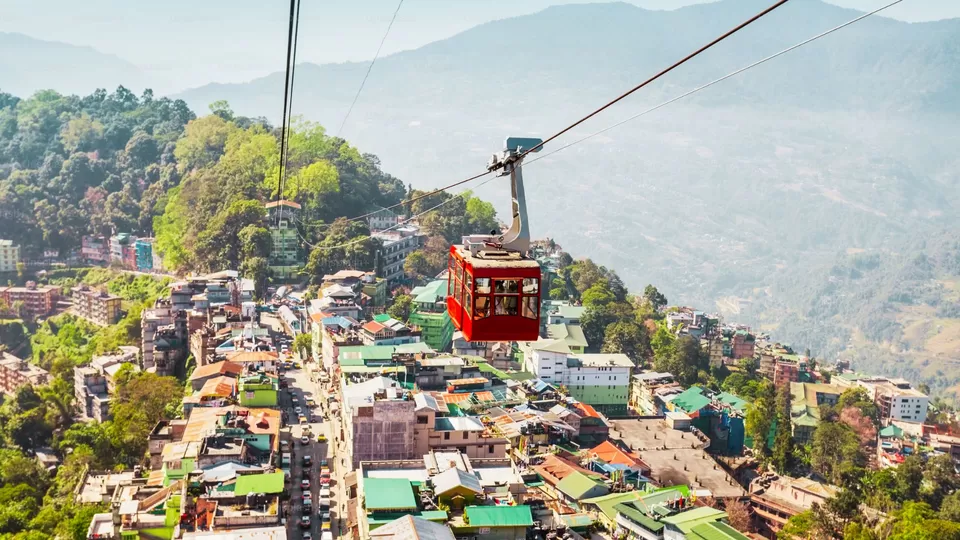
6. Culinary Delights
Sikkim offers a variety of delicious local dishes that are perfect for the monsoon season:
Must-Try Dishes:
Momos: Steamed or fried dumplings filled with meat or vegetables.
Thukpa: A hearty noodle soup with meat and vegetables.
Gundruk and Sinki: Fermented vegetable dishes unique to Sikkim.
Chhurpi: A traditional fermented dairy product, available in soft and hard varieties.
7. Cultural Insights
Sikkim is rich in cultural heritage, influenced by Tibetan Buddhism and local traditions. During the monsoon, several festivals and events take place, offering a glimpse into the local culture:
Monsoon Festivals:
Saga Dawa: Celebrated in June, marking the birth, enlightenment, and death of Lord Buddha.
Tendong Lho Rum Faat: A Lepcha festival celebrated in August, seeking protection from calamities.
8. Eco-Friendly Travel Tips
Traveling responsibly is crucial, especially in ecologically sensitive regions like Sikkim:
Avoid Plastic: Carry reusable water bottles and bags.
Respect Local Customs: Follow local customs and dress modestly, especially when visiting monasteries.
Leave No Trace: Ensure that you do not litter and leave nature as you found it.
Conclusion
Planning a monsoon trip to Sikkim requires careful consideration of weather conditions and safety precautions. However, with its verdant landscapes, cascading waterfalls, and rich cultural heritage, Sikkim during the monsoon offers an unparalleled travel experience. Embrace the rains, pack wisely, and set out to explore this Himalayan gem for a memorable and rejuvenating journey.





